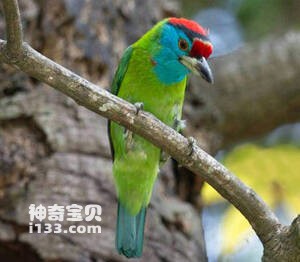
Psilopogon asiaticus
Psilopogon asiaticus,Megalaima asiatica,Blue-throated Barbet
The species is known as Psilopogon asiaticus, Megalaima asiatica and Blue-th···
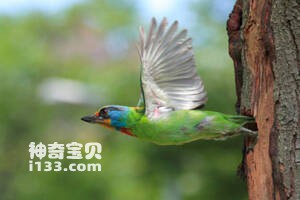
Psilopogon nuchalis
Psilopogon nuchalis,Megalaima nuchalis,Taiwan Barbet
Psilopogon nuchalis, Megalaima nuchalis and Taiwan Barbet are endemic to Tai···
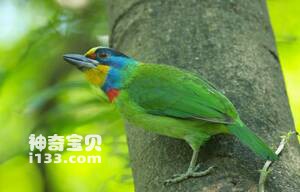
Psilopogon oorti
Psilopogon oorti,Megalaima faber,Chinese Barbet
Psilopogon oorti, Megalaima faber, Chinese Barbet, has 4 subspecies (1. Cent···
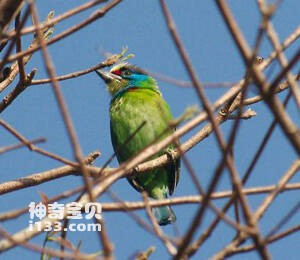
Megalaima annamensis
Megalaima annamensis,Indochinese Barbet,Annam barbet
The Indochinese Megalaima annamensis and its foreign names Indochinese Barbe···
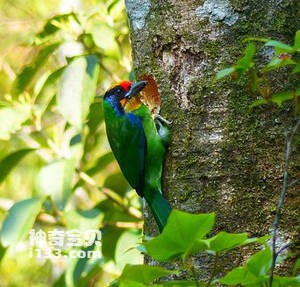
Psilopogon auricularis
Psilopogon auricularis,Necklaced barbet
The black-fronted woodpecker is known as Psilopogon auricularis and Necklace···
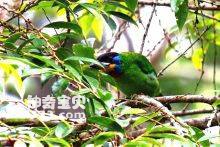
Megalaima oorti
Megalaima oorti,Black-browed Barbet
Megalaima oorti, Black-browed Barbet, has 5 subspecies (1. Central South sub···
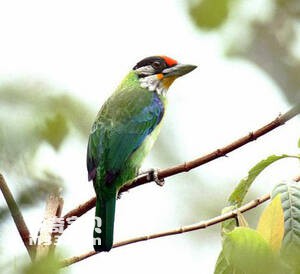
Psilopogon franklinii
Psilopogon franklinii,Megalaima franklinii,Golden-throated Barbet
Psilopogon franklinii, Megalaima franklinii, Golden-throated Barbet, has thr···
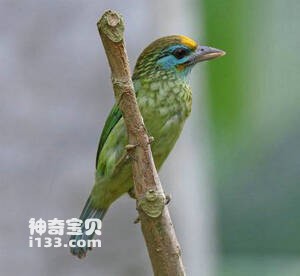
Megalaima flavifrons
Megalaima flavifrons,Yellow-fronted Barbet
Megalaima flavifrons, Yellow-fronted Barbet, is unknown.Protect wild animals···
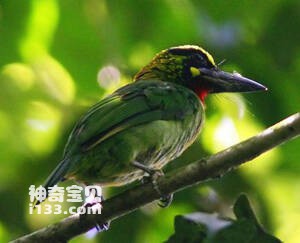
Megalaima javensis
Megalaima javensis,Black-banded Barbet
Megalaima javensis and Black-banded Barbet are unknown.Protect wild animals ···
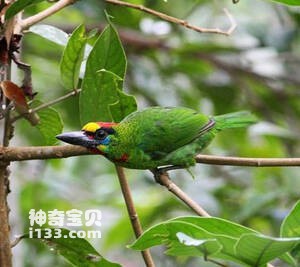
Megalaima mystacophanos
Megalaima mystacophanos,Red-throated Barbet
Megalaima mystacophanos, also known as Red-throated Barbet, is an unknown sp···
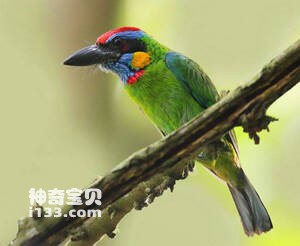
Megalaima rafflesii
Megalaima rafflesii,Red-crowned Barbet
Megalaima rafflesii, or Red-crowned Barbet, is unknown。Protect wild animals···
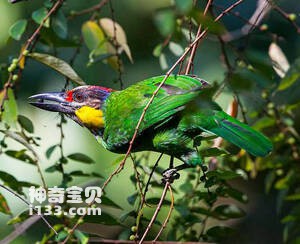
Megalaima chrysopogon
Megalaima chrysopogon,Golden-whiskered Barbet
Megalaima chrysopogon and Golden-whiskered Barbet have three subspecies. Gol···
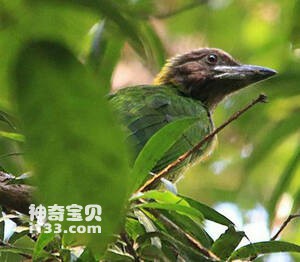
Megalaima corvina
Megalaima corvina,Psilopogon corvinus,Brown-throated Barbet
Megalaima corvina, Psilopogon corvinus, or Brown-throated Barbet, is unknown···
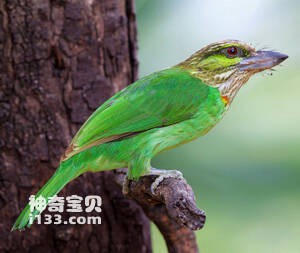
Megalaima faiostricta
Megalaima faiostricta,Psilopogon faiostrictus,Green-eared Barbet
Megalaima faiostricta, Psilopogon faiostrictus, foreign names Green-eared Ba···
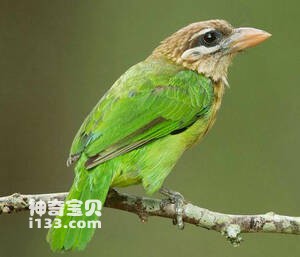
Megalaima viridis
Megalaima viridis,White-cheeked Barbet
Megalaima viridis, White-cheeked Barbet, is an unknown species。Protect wild···
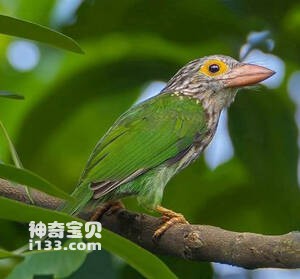
Megalaima lineata
Megalaima lineata,Lineated Barbet
Its scientific name is Megalaima lineata and its foreign name is Lineated Ba···
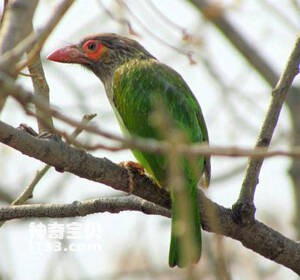
Megalaima zeylanica
Megalaima zeylanica,Brown-headed Barbet
The species is known as Megalaima zeylanica and Brown-headed Barbet.Protect ···
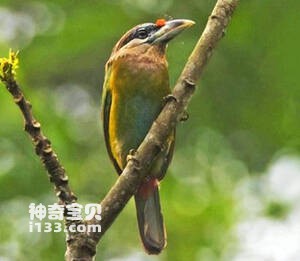
Megalaima lagrandieri
Megalaima lagrandieri,Psilopogon lagrandieri,Red-vented Barbet
Megalaima lagrandieri and Red-vented Barbet are not known。Protect wild anim···
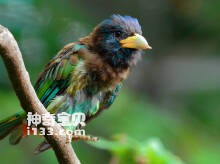
Psilopogon virens
Psilopogon virens,Great Barbet
Psilopogon virens, Great Barbet, has four subspecies (1. Megalaima virens cl···
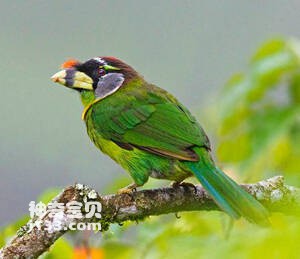
Psilopogon pyrolophus
Psilopogon pyrolophus,Fire-tufted Barbet
The species is known as Psilopogon pyrolophus and Fire-tufted Barbet。Protec···
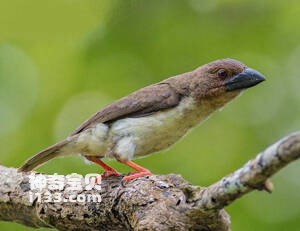
Caloramphus hayii
Caloramphus hayii,Sooty Barbet
The bird's scientific name is Caloramphus hayii, and its foreign name is···
